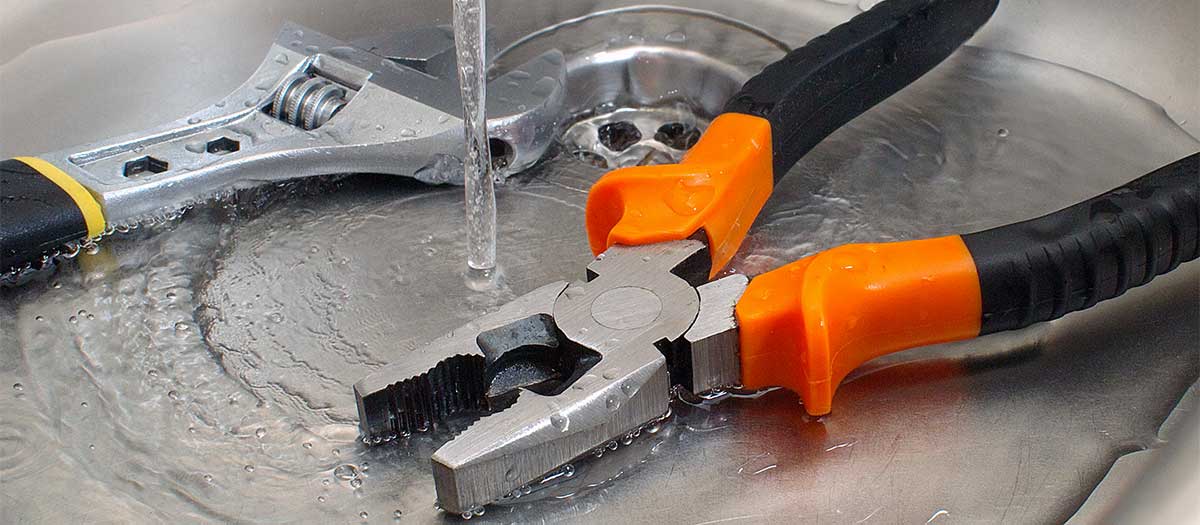We have come across this article involving Detecting hidden plumbing leaks down the page on the web and think it made good sense to write about it with you in this article.

Early detection of leaking water lines can minimize a prospective disaster. Some little water leakages might not be visible.
1. Check Out the Water Meter
Every house has a water meter. Checking it is a proven way that assists you uncover leaks. For beginners, turn off all the water resources. Ensure no one will purge, make use of the tap, shower, run the cleaning machine or dishwashing machine. From there, most likely to the meter and also watch if it will certainly alter. Since nobody is using it, there need to be no motions. That suggests a fast-moving leak if it relocates. If you identify no adjustments, wait an hour or two as well as inspect back once more. This means you might have a slow leakage that can even be below ground.
2. Examine Water Intake
If you find sudden changes, despite your consumption being the very same, it means that you have leaks in your plumbing system. An unexpected spike in your costs shows a fast-moving leakage.
A steady increase every month, also with the same practices, shows you have a slow leakage that's likewise slowly rising. Call a plumber to extensively check your home, specifically if you really feel a cozy area on your floor with piping underneath.
3. Do a Food Coloring Examination
When it comes to water intake, 30% comes from commodes. If the shade somehow infiltrates your dish during that time without flushing, there's a leak in between the tank and bowl.
4. Asses Exterior Lines
Do not neglect to examine your outside water lines also. Test faucets by affixing a garden hose pipe. Ought to water seep out of the connection, you have a loosened rubber gasket. Change this and guarantee all connections are limited. If you have actually obtained a lawn sprinkler, it will certainly assist get it skillfully analyzed as well as preserved yearly. One small leak can squander tons of water and surge your water costs.
5. Inspect and also Evaluate the Situation
Homeowners must make it a practice to check under the sink counters and also also inside cabinets for any type of bad odor or mold and mildew growth. These two warnings show a leak so punctual interest is called for. Doing regular inspections, even bi-annually, can save you from a significant issue.
Inspect for discolorations as well as damaging as a lot of pipes and also home appliances have a life span. If you suspect leaking water lines in your plumbing system, don't wait for it to rise.
Early detection of dripping water lines can minimize a prospective disaster. Some little water leakages might not be noticeable. Inspecting it is a proven method that aids you discover leaks. One small leak can waste bunches of water as well as spike your water bill.
If you think dripping water lines in your plumbing system, do not wait for it to escalate.
How to Know If Your Home Has a Hidden Leak
Water Meter Reveals Inexplicable Water Usage
If you’d like to test whether or not there’s a leak somewhere in your home, you can do this using your water meter. Here is how to conduct the test:
Don’t use any water in your home for at least 30 minutes; this also means not turning on faucets or water-using appliances.
Go outside, and check your water meter for activity.
If your water meter shows that there was activity, even though no one was using any water, this proves that there is a leak in your home.Visible Mold or Mildew Growth
Leaks behind walls create moist, dark environments that allow mold and mildew to grow and thrive. Eventually, you might see mold growth forming on the wall closest to a hidden leak.
If mold is growing in an area that receives a high amount of moisture, such as a bathroom, it may simply be an indication that better ventilation is needed. However, if you see mold growth on a wall or the ceiling in an area where you would not expect, you probably have a hidden leak.
Musty, Mildew Odor
Sometimes you might not be able to see the mold or mildew that is growing as a result of a leak. However, the smell can give the problem away just as easily. If you catch a whiff of something musty, there’s a good chance that old water is collecting somewhere in your home that you can’t see.
Stained/Warped Walls, Ceilings, or Floors
When your home soaks up water, a variety of red flags can become visible, including ceiling stains, bubbling drywall, warped walls, and sagging floors. While these issues can be caused by excess humidity, they can also be signs that a pipe or plumbing connection has started leaking behind your walls.
Inexplicably High Water Bill
After a while, you get a general sense for what your water bill should be. If you own a pool or sprinkler system, your bill will tend to be higher during summer. However, if you receive a water bill that seems especially high, and you can’t figure out what caused it, then you may have a hidden leak somewhere that’s increasing your bill.
https://www.plumbingjoint.com/blog/2019/july/how-to-know-if-your-home-has-a-hidden-leak/

Hopefully you enjoyed our section on Detecting hidden plumbing leaks. Thanks a lot for taking time to read our blog. So long as you liked our article please be sure to pass it around. Thank you for going through it.